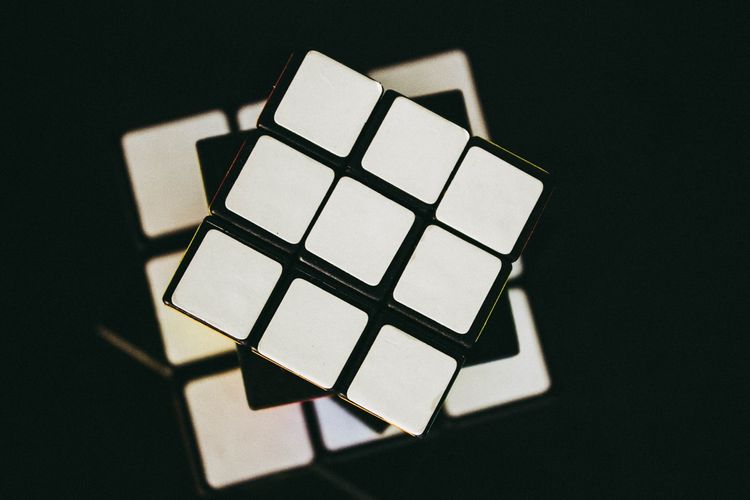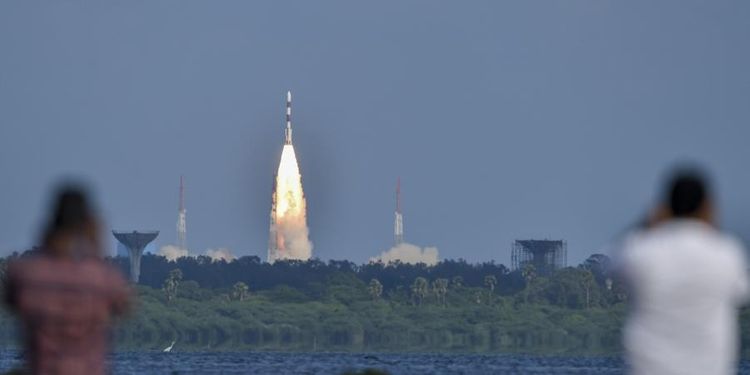
Featured
public
Notebooks
Now available: Run JAX on Gradient Notebooks
Follow this guide to learn about the JAX library, and learn how to directly implement it in Gradient.









